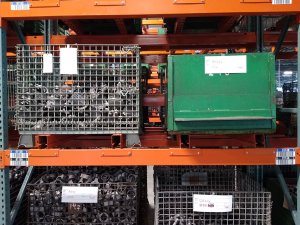Today’s post is courtesy of John Hamlin Artificial Intelligence – The capacity of robots to mimic or...
Mitch Wraspir
By Justin ErkenbrackSJF Material Handling Solutions Specialist Forklift entry bars are used to keep product supported off...

